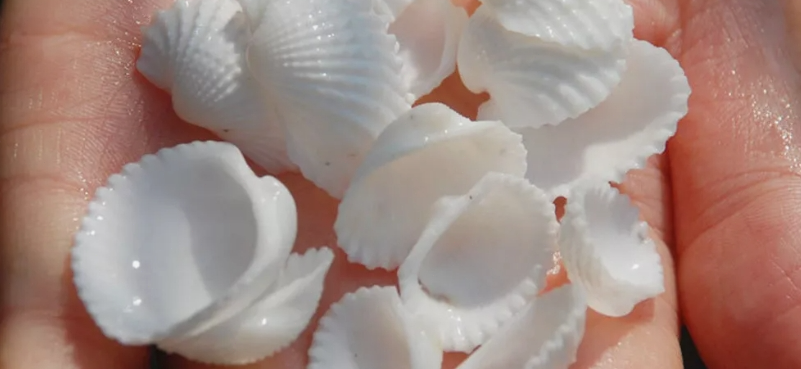Shell specimens are unique and beautiful in nature, carrying countless stories of life. They are not only a protective shell for Marine life, but also an expression of diversity in nature. From tiny shells to giant conches, these specimens display a variety of forms and brilliant colors.
The process of shell formation is closely related to the growth of living things. Mollusks use minerals in seawater to secrete shells, which are constantly added and modified as they grow. Each shell has its own unique texture and tone, which is not only due to the genetic characteristics of the organism itself, but also influenced by environmental factors, food types and water quality. As a result, the appearance of even the same kind of shell can vary from individual to individual, forming a unique "fingerprint" in nature.
In collection and scientific research, shell specimens are of great significance. They not only serve as a basis for species classification, but also reflect the health of ecosystems and environmental changes. By studying the morphological characteristics, age rings and chemical composition of shells, scientists can gain valuable information about past climate and hydrological conditions. This makes shell specimens an important tool for the study of paleoenvironment.
At the same time, as a natural art, shells have always been sought after by collectors. People regard them as precious gifts, and their unique appearance has become an inspiration for decorations and handicrafts. From jewelry to home decoration,the use of seashells shows the human yearning and reverence for the beauty of nature.
Observing shell specimens,we can feel the wonder and delicacy of nature. They are not only a static art,but also a symbol of life,representing the vastness of the ocean and the fragility of life. In the protection of ecological environment today,it is particularly important to understand and cherish these specimens.




